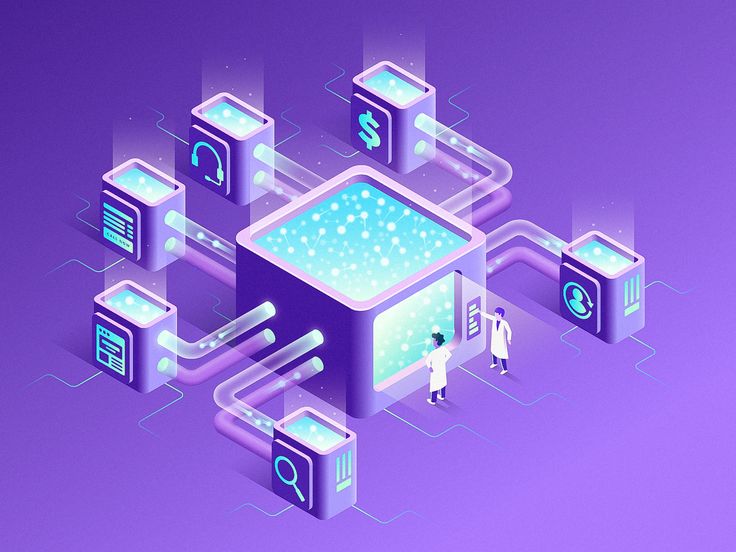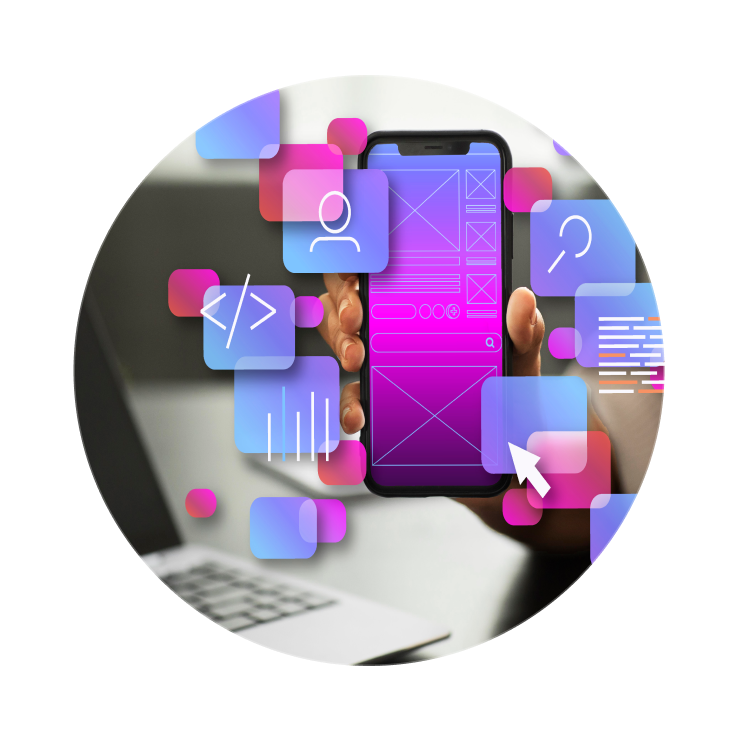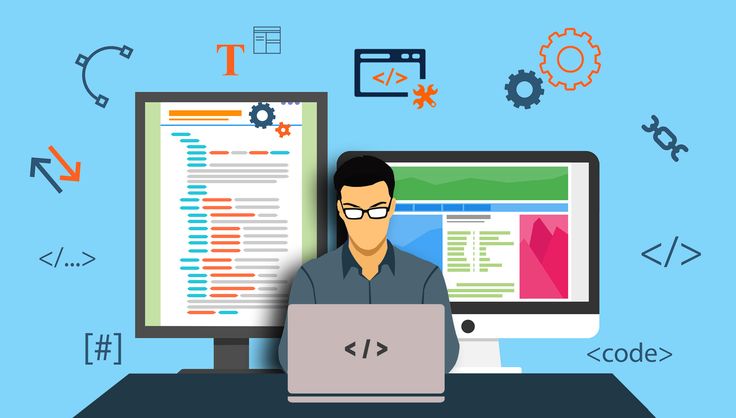Data science has taken the world by storm—and for good reason. It’s a field where statistics, programming, and domain expertise come together to uncover insights that can transform businesses, industries, and even lives. But beyond the buzzwords and the tech, what truly makes data science interesting?
For many, including myself, the appeal goes far deeper than just working with numbers or writing code. Here’s a look at what makes data science so fascinating and rewarding.
1. It Turns Raw Data into Real-World Impact
At its core, data science is about solving real problems. Whether it’s helping hospitals predict patient risk, enabling companies to understand customer behavior, or optimizing traffic in smart cities, the power to drive meaningful change using data is incredibly exciting.
There’s a sense of purpose in knowing that your work can influence decisions that affect thousands—or even millions—of people.
2. It’s a Perfect Blend of Art and Science
Data science isn’t just about numbers; it’s also about storytelling. You take complex data, analyze it scientifically, and then craft compelling narratives that decision-makers can act on.
There’s creativity involved in:
-
Choosing the right visualization,
-
Designing experiments,
-
Building models, and
-
Communicating insights in simple, impactful ways.
This fusion of logic and creativity keeps the work dynamic and interesting.
3. Continuous Learning Never Stops
Technology, tools, and techniques in data science evolve rapidly. Whether it’s learning about deep learning architectures, mastering new libraries, or experimenting with big data platforms—there’s always something new on the horizon.
This constant learning keeps you sharp and makes the field ideal for the curious mind.
4. It’s Like Being a Detective
One of the most thrilling parts of data science is the exploratory data analysis phase. You’re diving into raw, unstructured data, looking for patterns, anomalies, or relationships. It’s similar to being a detective piecing together clues to solve a mystery.
Every dataset has a story to tell—you just need to find it.
5. Wide Range of Applications
Data science isn’t confined to one industry. It’s used in:
-
Healthcare
-
Finance
-
Sports
-
Entertainment
-
Retail
-
Climate science, and more
This versatility makes it easy to apply your passion—whether you’re interested in saving lives, forecasting stock trends, or recommending the next great movie.
6. Great Career Prospects
While not the sole reason to enter a field, it’s worth noting that data science offers strong career growth, competitive salaries, and global opportunities. Knowing that your work is valued and in demand adds motivation and satisfaction.
Final Thoughts
So, what makes data science interesting to me—and to many others—is its unique ability to blend problem-solving, creativity, and technology in a way that truly impacts the world.










